On an unassuming corner in the East End of London, near a graffiti-covered storefront on Hanbury Street, there’s no evidence that Eastern European Jewish tailors once fought here for a 12-hour workday over a century ago.
After four weeks on strike more than 100 years ago, the tailors’ union was almost out of money, and its members feared they might be forced to give up their fight for more humane working conditions.
This is but one tale that tour guide David Rosenberg shares on his various East End Walks radical history tours, all about “ordinary people doing extraordinary things,” he says.
Whether its the century-old stories of those who rose up to make the city what it is today or the contributions of more recent immigrants, these storefronts, streets, markets and restaurants tell the stories of the ordinary people who have contributed to this extraordinary city.
Here are six stops on a “people’s history” of London.
East End Walks
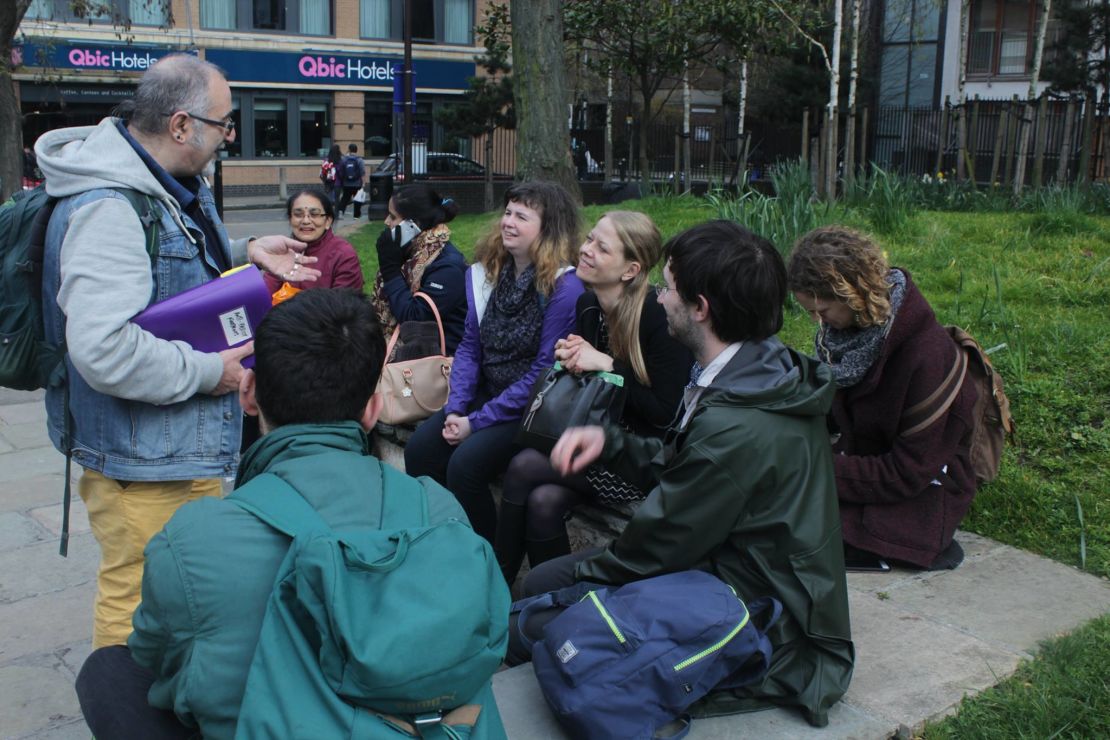
Rosenberg recalls historic minutiae with an impeccable memory – and a personal connection to the area: His grandparents lived nearby, and he grew up watching the neighborhood evolve as more young people and artists moved into the area.
“I think of myself as a political archeologist,” he says about his work researching and leading these walks, “digging up stories of ordinary people coming together.”
Pointing in the direction of the Port of London, he continues his story of the 1889 protests, which were not in vain. After nearly a month, the tailors were rescued by a £100 donation from the mostly Irish Catholic dockworkers. After two more weeks, the wealthy clothing manufacturers gave in to their demands, setting a precedent for labor laws across the city.
Like the tailors’ story, so many of Rosenberg’s stops “are inspired by the idea of change, but also the idea that we don’t change things ourselves – we change them collectively,” he says.
East End Walks; £5 to £20/per person. (Around $7 to $27).
Britain’s Museum of Immigration and Diversity
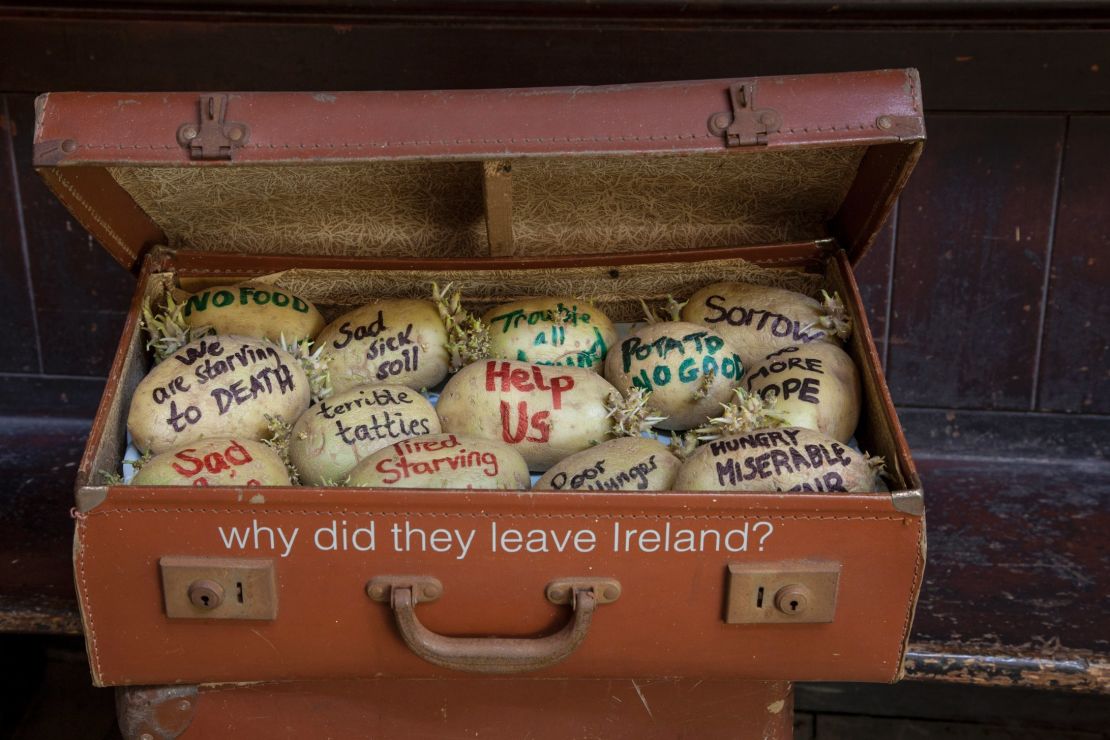
Housed in the unrestored Georgian house of a French Huguenot silk merchant who arrived in England in the early 18th century to escape persecution, this volunteer-run museum tells the history of East London’s residents.
They include the Huguenots arriving in the 1700s, Irish immigrants in the mid-1800s, Eastern European Jews in the late 1800s, Bangladeshis in the 1950s, and those who continue to arrive today.
Light comes into the 18th-century townhouse, mainly from the dusty skylight above, as we imagine the history-changing anti-fascist meetings of the 1930s, organizing against the British fascists known as Blackshirts, in the basement below.
Alongside these stories is Suitcases and Sanctuary, a unique permanent exhibition created in 1999 by local 9- and 10-year-old school children from some of the poorest boroughs in the country. It integrates luggage and other objects to interpret the history of various groups who had once called 19 Princelet Street home.
In one, reflecting on the mass migration of Irish families to Britain during the potato famine, the students filled a suitcase with potatoes onto which many of the desperate reasons for their migration are written.
Britain’s Museum of Immigration and Diversity, 19 Princelet Street, London E1 6QH; +44 20 7247 5352; Entry free, but donations are encouraged. Public open days are infrequent, so check the website before visiting.
Petticoat Lane Market and Brick Lane

Take a stroll through the area around nearby Brick Lane, where politically influenced street art, including work by Ben Eine and Banksy, abuts a diverse and quickly changing neighborhood that is also home to street markets and one of the largest concentration of curry restaurants in Europe.
Sunday crowds fill the local street markets, including the centuries-old market at Petticoat Lane,where textiles and clothes made by local Jewish and Huguenot artisans were once sold.
An earthy alternative to the more hipster vibe at nearby Spitalfields Market, today Petticoat Lane Market sells clothes, household goods and various food options that allow shoppers to catch a glimpse into an historically migrant community that helped shaped the city.
Afterward, revive yourself at one of the many curry restaurants that populated the area in the late 20th century. While curry had been popular in London for centuries, in the last few decades this area has been known to provide Bangladeshi dishes now so popular they are some of London’s most popular foods. Stalwarts include Preem & Prithi or Sheba, both on Brick Lane.
Petticoat Lane Market, 119-121 Middlesex St, London E1 7JF; +44 20 7364 1717
Preem & Prithi, 118-122 Brick Ln, London E1 6RL; +44 20 7247 0397
Sheba, 136 Brick Lane, London E1 6RU; +44 20 7247 7824
Everchanging street art
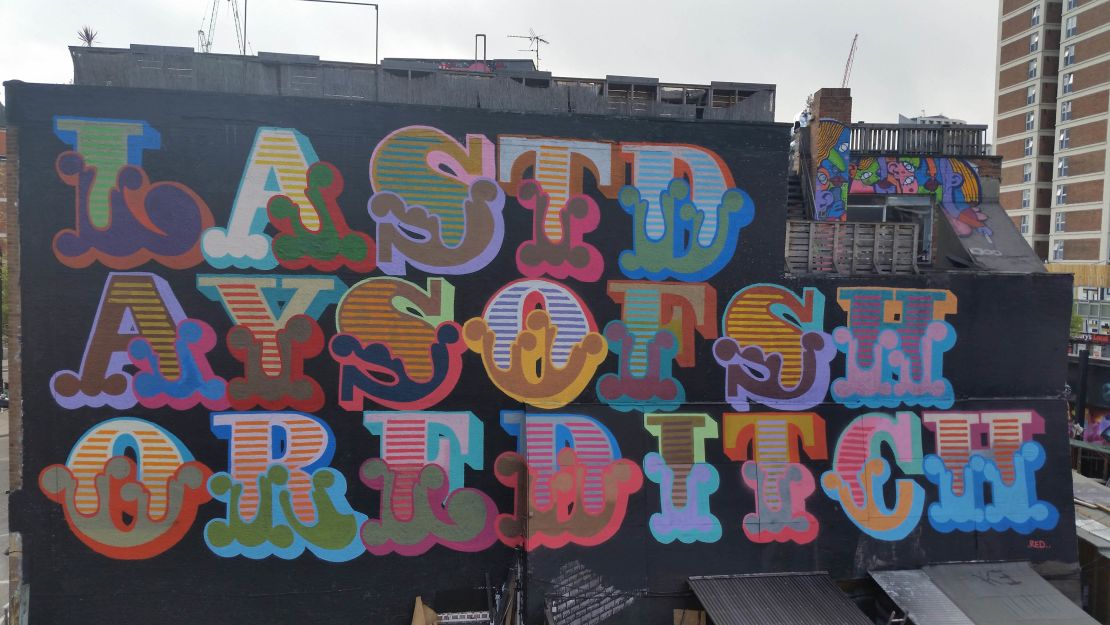
Dip down alleys, glimpse unused doorways or look to the roofs of low buildings to find some of the always changing street art in the form of paintings, posters and mixed media, which often reflects a critique of modern society, from political figures to cell phones.
While some high-profile works, such as Eine’s large and graphic “Last Days of Shoreditch,” which refers to the area’s gentrification, are kept up for long periods of time, other spaces are open to of-the-moment political or social commentary.
Street artist Ant Carver, who often focuses on large-scale portraiture, laments the changes coming to the areas around Brick Lane and Shoreditch, whose vintage shops and indie craft markets are growing alongside new development. And, perhaps ironically, Brick Lane may soon not be able to live up to its moniker.
“All these new buildings they are putting up are made out of glass,” Carver says.
Imperial War Museum
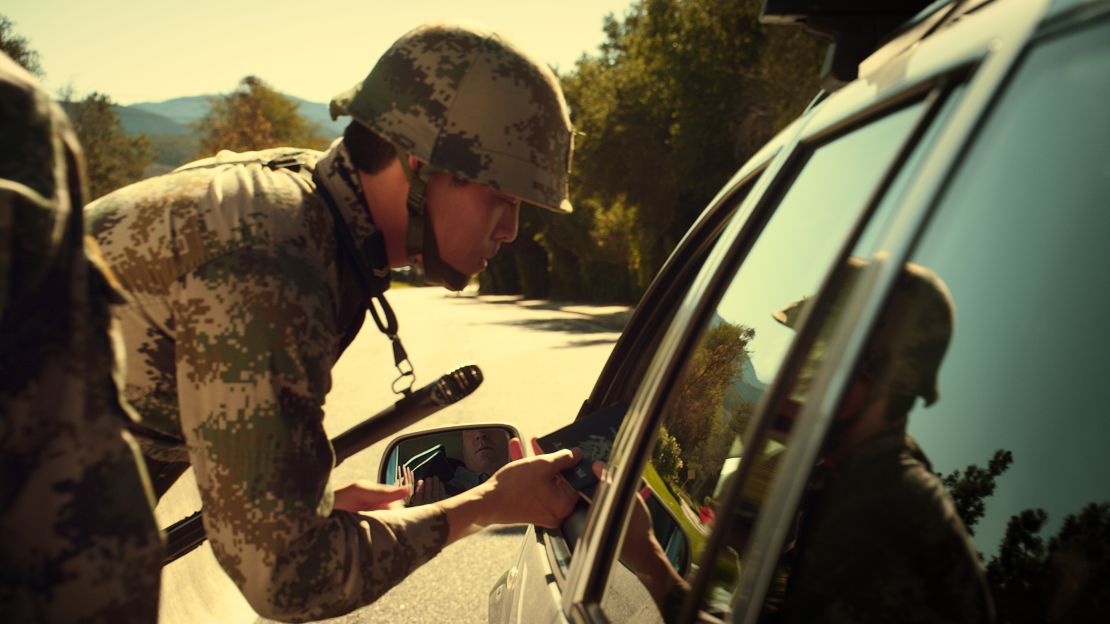
Twisted metal wreckage from the 9/11 attack on New York’s World Trade Center, and a vehicle destroyed by an improvised explosive device in the Middle East, are among the thousands of artifacts, images and multimedia works on display in the permanent collection of London’s Imperial War Museum. Rather than glorify war, the museum’s exhibits tell stories that present it as a last resort in the fight for justice.
The award-winning permanent Holocaust Exhibition uses interviews and personal belongings to tell the story of victims and survivors, with the underlying message focusing on how to prevent the political climate that allowed this tragedy to occur.
Likewise, an upcoming temporary exhibition, “Age of Terror: Art Since 9/11” (opening October 26), features work from more than 40 artists from around the world, making the argument for the role of art helping a society make sense of disaster.
Imperial War Museum, Lambeth Road, London SE1 6HZ, +44 20 7416 5000
Migration Museum Project at The Workshop
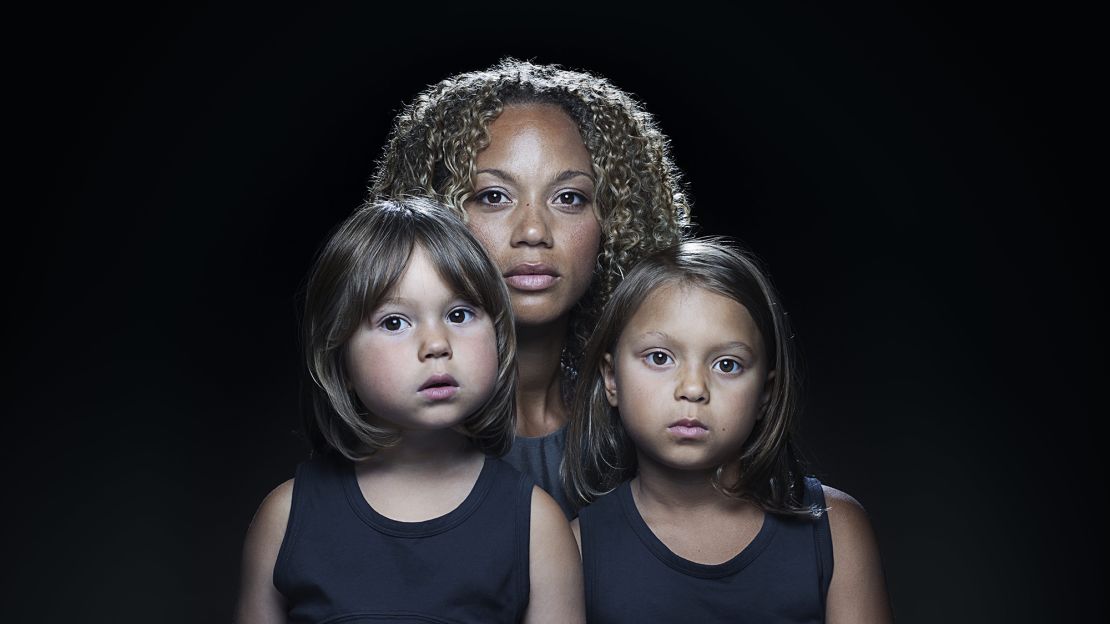
While the country’s Brexit vote has shone a spotlight on the debate about the movement of people into and out of Britain, a new exhibition opening September 20 shows the vote was part of an ongoing conversation on migration dating back to the 13th century.
Through personal stories and artistic responses, “No Turning Back: Seven Migration Moments that Changed Britain” covers the large increase in people identifying as “mixed race” in the 2011 census; the Rock Against Racism movement in the late 1970s, the first East India Company voyage to India in 1607 and the expulsion of England’s entire Jewish population in 1290.
Through moving photographs, art and found objects, the four-year-old Migration Museum Project at The Workshop offers exhibits, events and workshops to tell the modern story of migration, in essence continuing David Rosenberg’s history walks into the present.
The Migration Museum at The Workshop, 26 Lambeth High Street, London, SE1 7LB
Black Cultural Archives

Eddy Grant’s hit song “Electric Avenue” introduced millions of listeners worldwide to the violence of the 1981 Brixton riots, which impacted many Caribbean and African immigrants who made the Brixton neighborhood of London their home.
Grant, a Guyanese British musician who moved to London as a child in 1960, is just one of the artists honored at the Black Cultural Archives current exhibition “Black Sound: Black British Music’s Journey of Creative Independence.” It tells the story of the impact of black musicians on the country’s musical culture over the past century.
Through a detailed timeline, photos, and, yes, even cassette tapes, visitors can relive the best black music from around the country, from reggae to jazz to hip hop and rock and roll – and see the connection between these diverse influences and popular music today.
With regular talks and tours and events, including the weekly Poets Corner spoken word event, this archive is more than just a home for texts and artifacts.
Black Cultural Archives, 1 Windrush Square, Brixton, SW2 1EF; +44 203 757 851, archives and exhibition free to visit. Costs vary for individual events and activities.
Suzanne Cope is the author of the books “Small Batch” and the upcoming “Food Fight,” and she has written about culture, food and revolution for New York Times, BBC, NPR, Travel & Leisure, among others. Her work can be found at SuzanneCope.com.
















